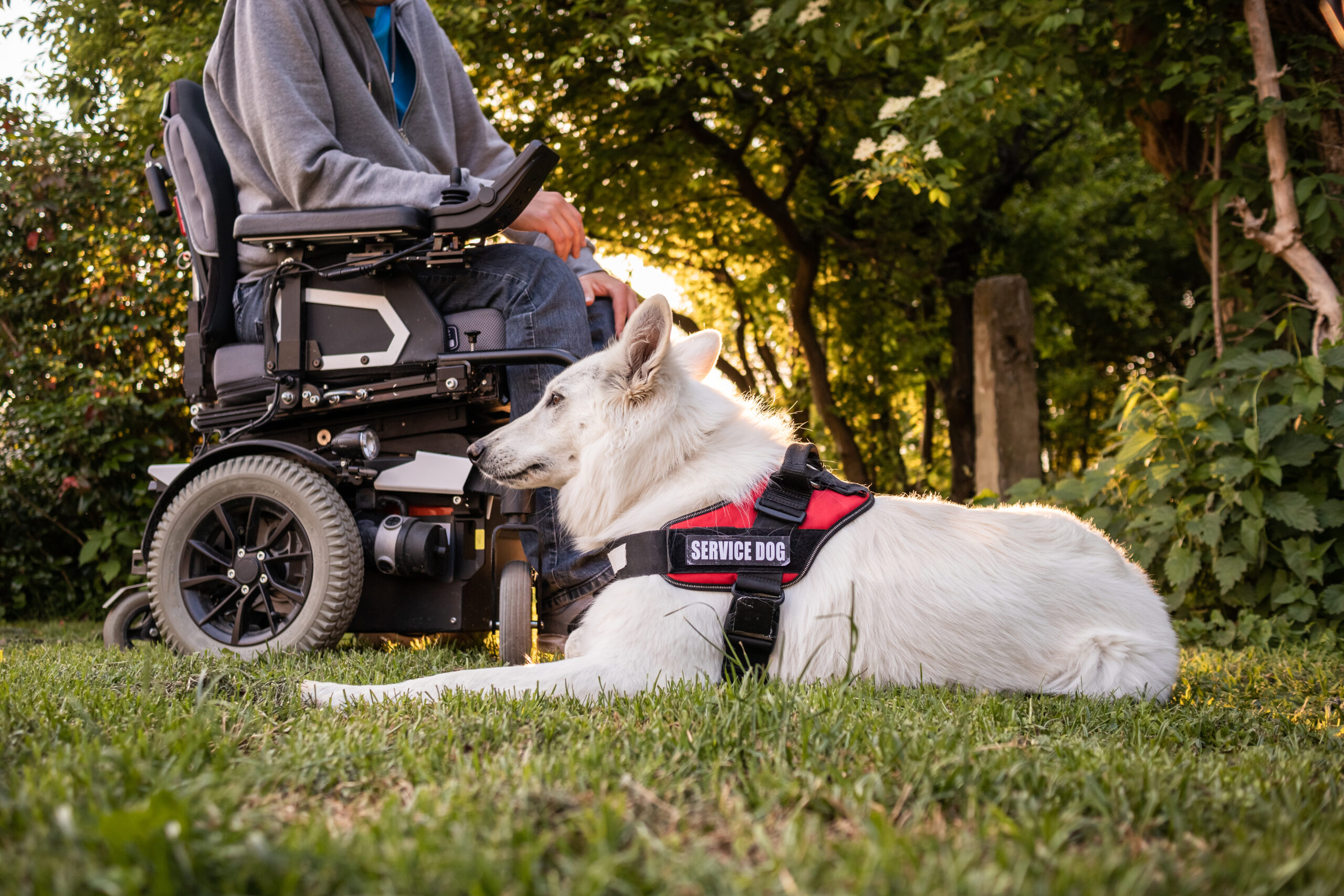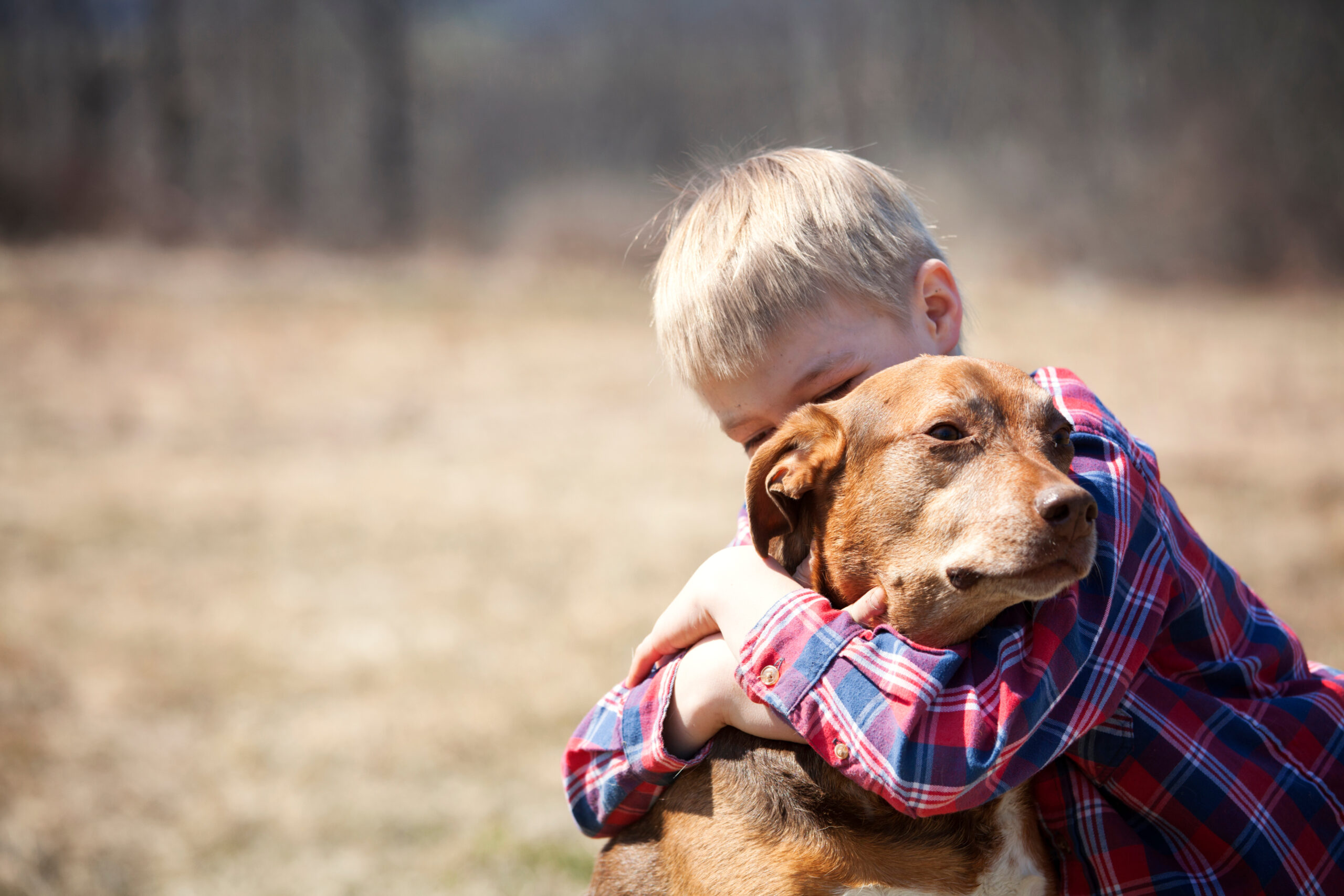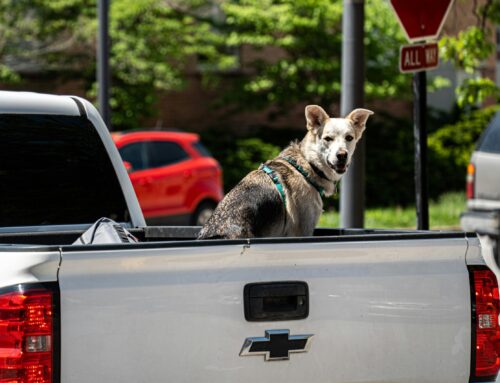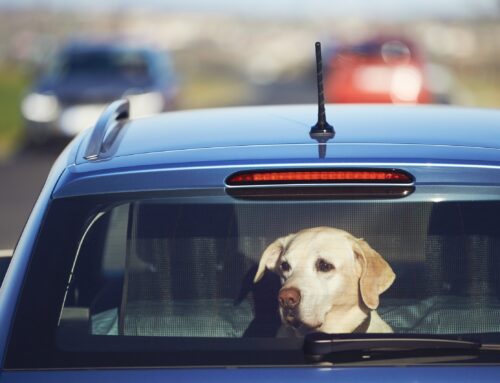When you think of a service dog, you might picture a loyal German Shepherd or Lab helping a visually impaired or blind person. Guide dogs have been helping people for centuries, and their use may date back to Roman times. These days, there are several other types of service dogs.

Hearing dogs help those who cannot hear by alerting them to noises such as alarms, doorbells, or crying babies. When the dog hears the sound, they’ll touch their human and lead toward the noise.
Mobility assistance dogs perform a wide range of tasks for people with mobility issues. They can bring objects to their person, press buttons, serve as a brace for people who are ambulatory, or even help pull a wheelchair up a ramp.
Diabetic service dogs alert their person to chemical changes in blood sugar. These dogs use scent to detect blood sugar highs and lows before the levels become dangerous. Many of these dogs are trained to alert others in the household or set off an alarm if their human needs medical help.
Seizure response dogs bark for help or to press an alarm during a person’s seizure. There are some who believe that dogs can be trained to react with a specific type of behavior right before their human has a seizure. The ability to alert to seizures seems to be a natural ability for a small number of dogs, although some neurology experts say there is no reliable evidence to suggest that dogs can reliably predict seizures.
Psychiatric service dogs assist people who are suffering from issues like depression, anxiety, and PTSD. These dogs perform a wide range of duties, including creating a physical barrier between the handler and others to give the handler more personal space in public places, sensing anxiety, and providing a sense of safety. Psychiatric service dogs may also help by getting their person out into the world with their dog.

For kids on the autism spectrum, service dogs provide a sense of predictability as the children navigate social settings. They reduce isolation and comfort the child in stressful times. These dogs are trained to keep children from running away and can track children if they do run off.
Other kinds of working dogs, such as therapy dogs and emotional support dogs, are not classified as service dogs as they’re not trained to perform a specific task to help their handlers. These kinds of dogs are not afforded the same privileges as service dogs.
Although you likely picture a loyal retriever or intelligent shepherd, any dog (including rescues and mixed breeds) can become a service dog if they have the temperament and intelligence needed.
 Dyzel is about 5 years old and a big sweetheart. He walks great on a leash, has a gentle demeanor, loves to be around people, and has done well living with other dogs in the past.
Dyzel is about 5 years old and a big sweetheart. He walks great on a leash, has a gentle demeanor, loves to be around people, and has done well living with other dogs in the past.
Second Chance Humane Society’s Animal Resource Center and Shops have served San Miguel, Ouray & Montrose Counties since 1994. Adoption hours are Wednesday through Sunday from 11 am to 5:30 pm. View our shelter pets and services online: www.secondchancehumane.org







Leave A Comment